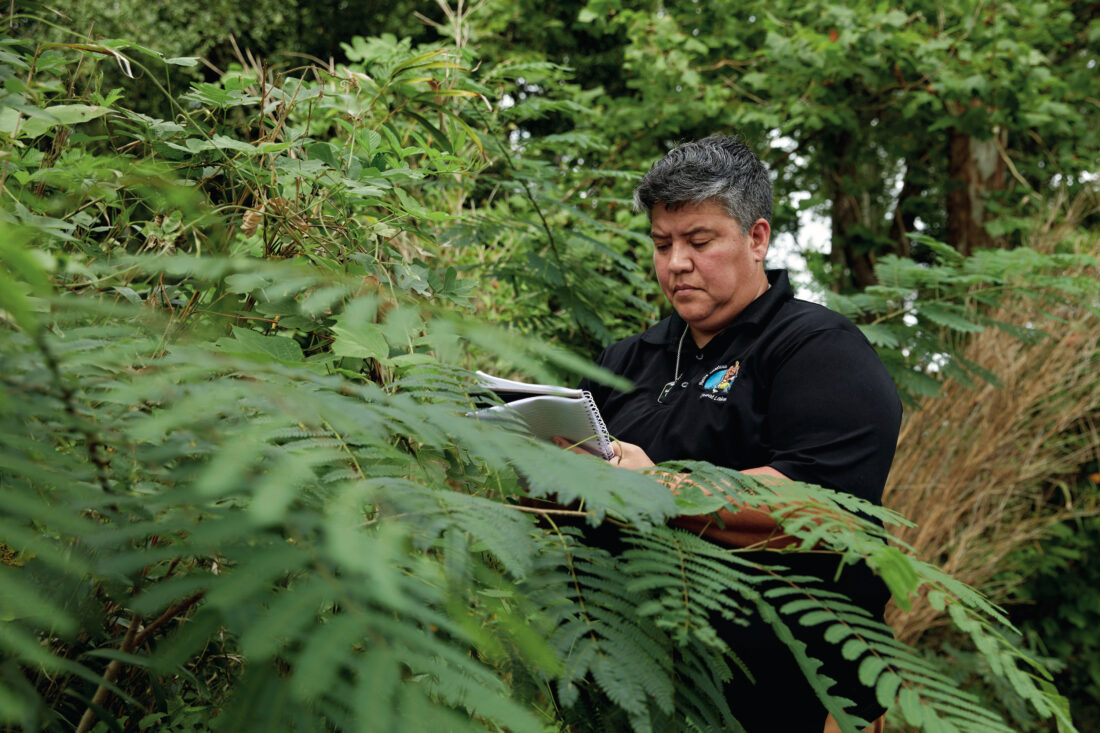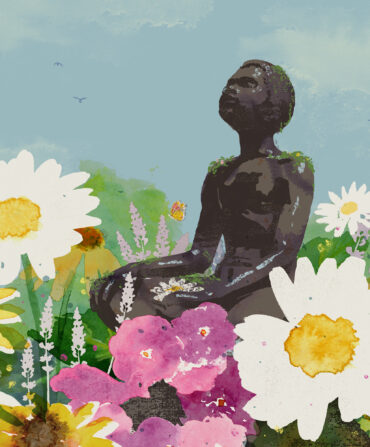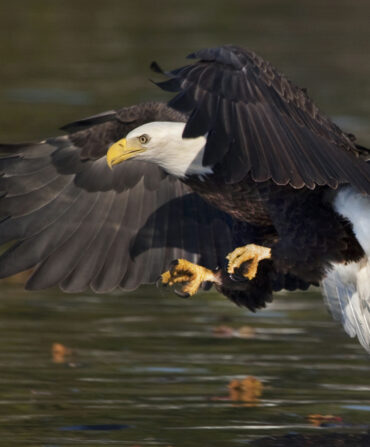“We were hunter-gatherers traditionally, and we lived off the land, giving gratitude for everything we harvested,” says Mitzi Reed, a biologist who grew up on the Mississippi Band of Choctaw Indians reservation in Philadelphia, Mississippi. “A deer’s meat provides food, its hide goes to drums, its antlers are used to move hot rocks in our ceremonies.” It’s the same mentality she brings to her specialty—fighting invasive species.
“The biodiversity in the Southeast is one of our greatest traits,” she says. “But it also means other things may thrive here, too.” Burmese pythons wrecking the Florida Everglades, say, or lionfish causing stress on coral reefs. And feral hogs: They devastate native plants with their rooting and eating. In Reed’s decade as director of Choctaw Wildlife and Parks—before that, she served as a wildlife ranger and the tribe’s conservation biologist—she managed the 40,000-acre patchwork of forests and wetlands across the reservation. That included combatting those pigs, and she conducted a study to investigate their effect on river cane, a culturally significant plant used in Choctaw items such as woven baskets and blowguns. (The bounty didn’t go to waste—Reed makes a mean wild pig slider.)
Now she’s scaling up her efforts: Last November, she accepted a new position as invasive species coordinator with the Native American Fish and Wildlife Society, a nonprofit dedicated to conserving natural resources on Native American land. She’s hired two plant specialists and an aquatic specialist to complement her skills with invasive animals, and they’ll work with tribes nationwide to tackle problematic species, from green crabs in Alaska to Chinese privet to, of course, the South’s wild pigs.
Reed also strives to inspire young people to join the field. She reestablished the Choctaw Youth Conservation Corps, a program that ran in the seventies, to engage teens in projects such as habitat restoration at the Nanih Waiya mound heritage site at the headwaters of the highly biodiverse Pearl River. “Maybe somebody loves trees,” she says. “Maybe somebody loves snakes, like me. Maybe somebody gets into birds, or likes deer or pig management. We need to pique an interest early and get more and more tribal kids to consider careers in natural resources.”
* * *
Expertise: Invasive species
Location: Philadelphia, Mississippi
Coordinator since: 2022
Do-it-yourself: Reed says everyone can help combat invasives by becoming aware of which species should and shouldn’t exist in his or her area: “Know your yard, your neighborhood, your county.”
Read about all ten Champions of Conservation.








